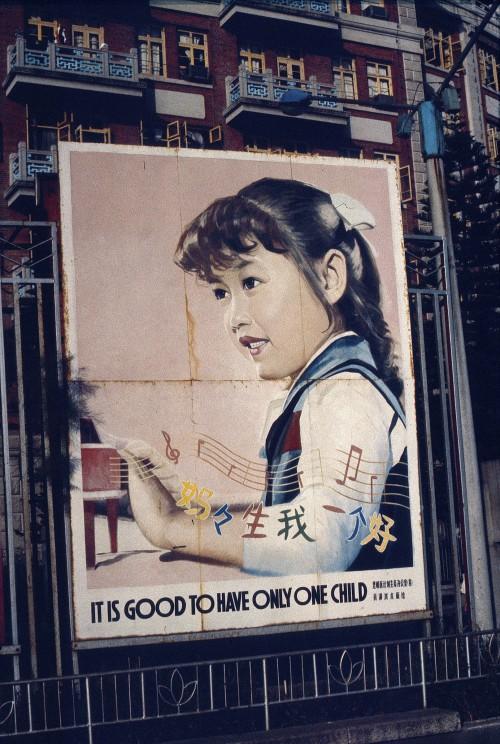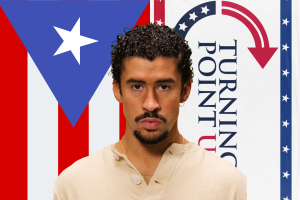China ends one-child policy after 35 years
November 11, 2015
China has decided to end its one-child policy, a breakthrough for the strict, 35-year-old law.
China’s one-child policy was implemented by the government in 1980 by Chinese leader Deng Xiaoping due to the country’s concern for economic growth and overpopulation. The decision was made to limit one child per family.
As a result of the policy, China has sustained the lowest birthrate in the world, according to BBC.
The current population of China is approximately 1.36 billion, and 30 percent of its citizens are over the age of 50. Therefore, the decision to abolish the one-child policy was designed to help improve the balance of the population as well as deal with the aging population, according to the Community Party’s Central Committee carried by the official Xinhua News Agency.
For China, it is a question of food and resources. There is a threat that if China’s population declines any further they will not be able to maintain their status as a world power, according to BBC.

The government provided financial and employment incentives, made contraceptives more available and fined under the “social upbringing fee” for any who violated the rules, according to a BBC report last week. In some cases, coercive measures such as forced abortions and mass sterilizations were used in order to maintain a reduced birth rate.
Under the social upbringing fee, a family would have two choices: register their children and pay a fee or not register their children. The fee is usually three to nine times as much as the average annual income, so many do not register their second child. If a family does not register an additional child, that child will not be able to go to school or have social insurance, according to multiple reports by the New York Times in the past few weeks.
History professor and director of the Rosenberg Institute for East Asian Studies Ronald Suleski discussed the consequences unforeseen by the Chinese government when implementing the policy.
“When the one-child policy was first instituted by the Chinese government, it seemed like a rational way to address the problem over overpopulation; too many people were being born,” said Suleski. “[The Chinese government] never realized then the other consequences, such as each family putting all their hopes on only one child, or the decrease in the working-age population that would result.”

Debate started in China not long after the policy was introduced.
The ending of this policy can be seen as a small victory to some, but it doesn’t hide the reality that China continues to have strict control over the reproductive rights of women. Amnesty International, a global movement for human rights, said that “women will remain at risk of coerced or forced abortions” if they have more than two children.
BBC mentioned that “campaigners in China and in the West” against the one-child limit “argued [it] was a gross violation of human rights and reproductive freedom.”
The policy had led to China’s gender imbalance due to the fact that the country holds a “traditional preference for male children.”
The one-child policy led to “girls being abandoned, placed in orphanages, sex selective abortions, or even cases of female infanticide,” according to BBC.
It had been said that this policy prevented as many as 400 million births in China; however, the number is debatable.
By 2007, China claimed that only one-third of its citizens were limited to one child as there were some exceptions to the policy, according to reports by Al Jazeera. In rural areas, families were allowed to have two children if the first child was a girl.
By 2013, “the rules were further relaxed so that couples where only one parent was an only child could qualify for a second child,” said a report by BBC.
Why, at this point, are these strict policies being overturned?
The country itself has the lowest fertility rate in the world, being “well below the rate of 2.1 children per woman required to replace the population across generations,” said a recent BBC article.
Essentially, the government’s concern about China’s economic growth was raised toward the fact that these statistics presented a decline in the number of people of working age.
Suffolk University Government Professor and Program Director for Environmental Studies, Dr. John Berg commented on the new policy change in China and how it would be “hard to tell” if there will be any negative environmental effects from the policy change.
It would be, said Berg, “If it led to a big population surge.”
Suleski believes that the new policy of lifting restrictions causes confusion for the Chinese parents and reflects on the questions that some might be asking themselves.
“Is it too late to have another child? Is it too expensive to raise children in our modern age?” said Suleski. “They weren’t planning to have more children, but now some pressure will start for people to have more children. It would seem a safer option, both for the family and the children.”
To comment on China’s former one-child policy and how it curbed major environmental issues, concluded Professor Berg, “You cannot save the environment by suppressing people.”
Some disagree. BBC’s Beijing correspondent John Sudworth noted a two-child policy would not be enough to “boost the birth rate.”
The new two-child policy will not be effective until March, as the “top legislative” has to approve of the change. Until then, the National Health and Family Planning Commission advised “family officials” to uphold the existing laws until the new policy is ratified.







